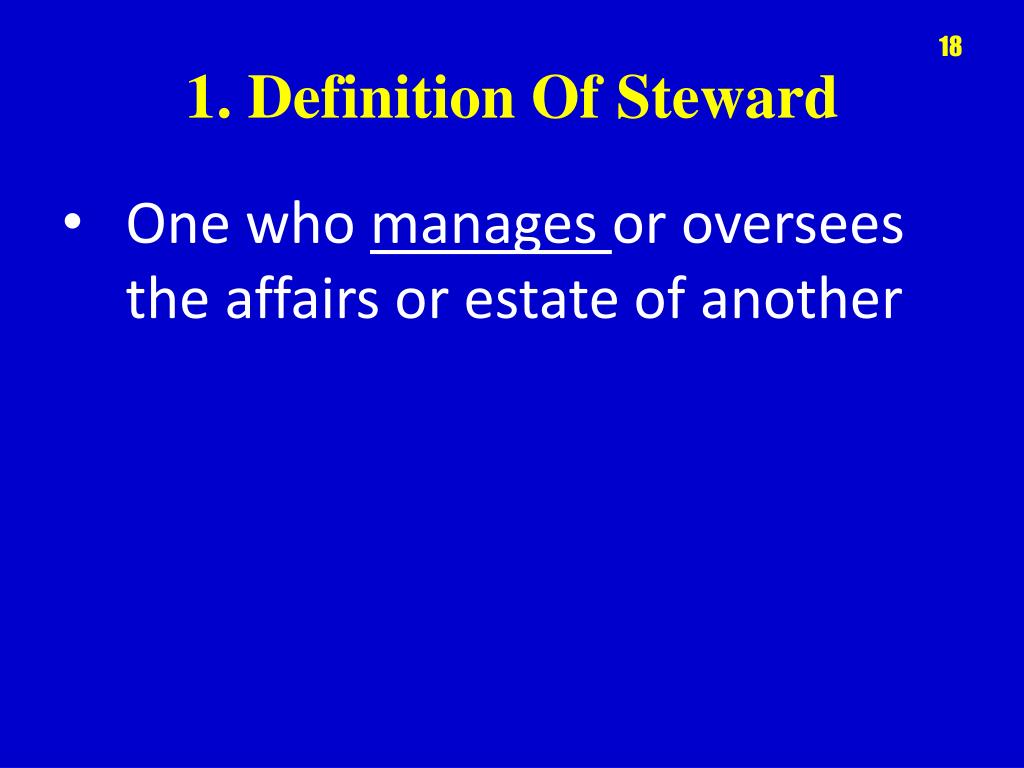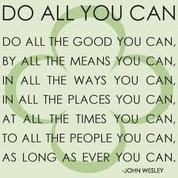
Their actions are done in the interest of growth for the organization’s mission, vision, and values. Steward leadership is different: a steward leader cares for the team members, the organization, and society as a whole. With traditional leadership, it’s the other way around: the team serves the leader. Under servant leadership, the leader exists to serve the team members. How Does Steward Leadership Differ from Servant Leadership? They know a team needs to feel respect, compassion, and inclusion before they’ll engage wholeheartedly. Mature and experienced business leaders know you can’t force productivity out of people. In 2013, Julia Kukard, Kurt April, and Kai Peters published an important book called Steward Leadership: A Maturational Perspective under UCT Press.Īccording to the authors, steward leadership is “a form of leadership that focuses on others, the community and society at large rather than the self.” They explain that a lot of senior leaders tend to adopt a steward leadership outlook naturally as their careers mature. What is Stewardship in Leadership Development? When workers feel valued and respected instead of alienated and reduced to a financial figure, an amazing synergy happens: those team members become the stewards of the organization’s mission, values, and vision. Stewards care about the lives and hearts of their crew outside the office walls. Steward leaders, on the other hand, invest in both the financial and emotional well-being of their employees. Studies show that 60% of workers will consider leaving a position if they feel their work isn’t captivating enough. You can’t just throw money at disengaged teams and expect them to suddenly become productive. “I pay these people a good wage, what else could they want from me?” Leaders tend to assume a controlling role over their employees – as if workers are a form of capital to be shaped as the company desires. Unfortunately, this is a challenging concept to grasp. I’ve found that steward leadership results in engaged teams who are invested in the organization’s mission, vision, and values. Stewardship: la nuova sostenibilità?Aracne Editrice.Today, the term “steward” refers to someone called to look after the passengers aboard a ship – a caretaker. Politiche e pratiche per una gestione etica delle risorse.Aracne Editrice. Archived from the original on June 10, 2011.ġ2.


87-110 In: Knight, Richard L., and Peter Landres (Editors). Laws and Institutions in Cross-Boundary Stewardship.

Toward Healthcare Resource Stewardship: Health Care Issues, Costs, and Access. The Stewardship of Wealth, + Website: Successful Private Wealth Management for Investors and Their Advisors. Stewardship: Choosing Service Over Self-Interest (2nd Edition). Wilderness Management: Stewardship and Protection of Resources and Values (3rd Edition). Integrating ecology and environmental ethics: Earth stewardship in the southern end of the Americas. Principles of Ecosystem Stewardship: Resilience-Based Natural Resource Management in a Changing World.

Stewardship was originally made up of the tasks of a domestic steward, from stiġ ( house, hall) and weard, ( ward, guard, guardian, keeper). The concepts of stewardship can be applied to the environment and nature, economics, health, property, information, theology, cultural resources etc. Stewardship is an ethical value that embodies the responsible planning and management of resources. Former EPA Administrator Stephen Johnson teaches environmental stewardship to Roberto Clemente Middle School Students.


 0 kommentar(er)
0 kommentar(er)
